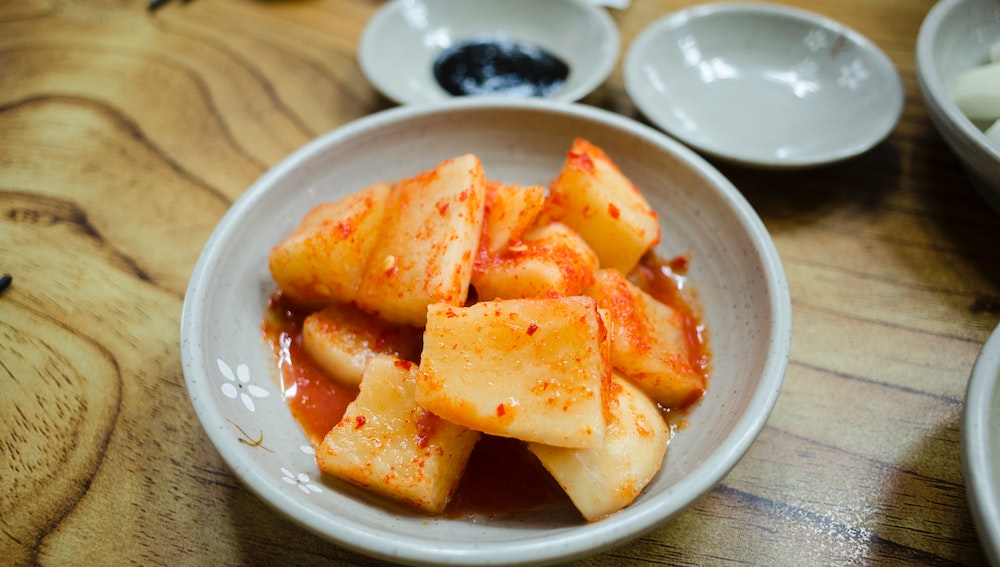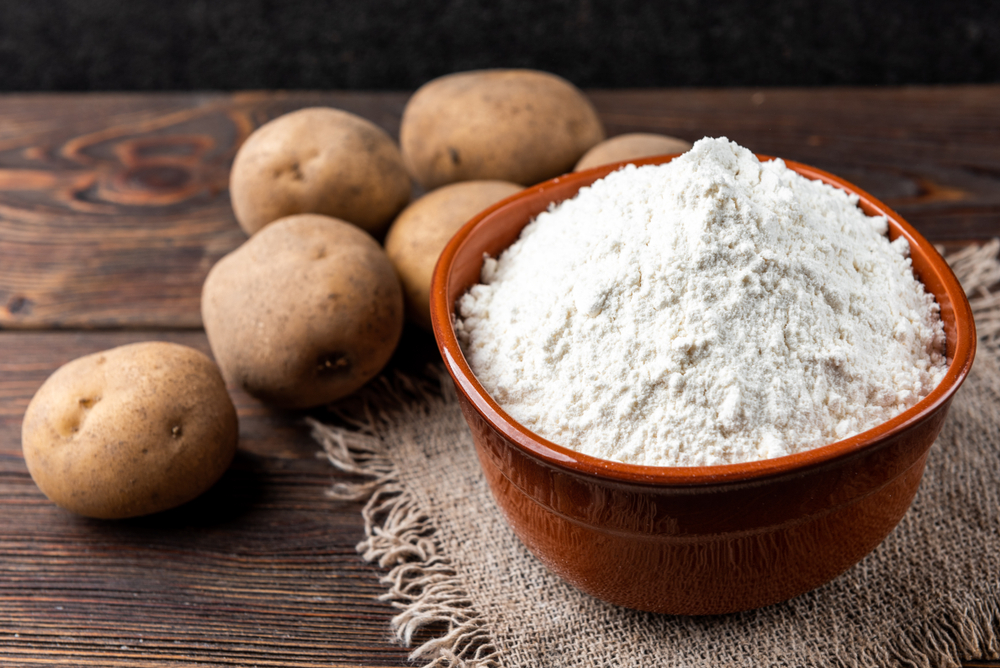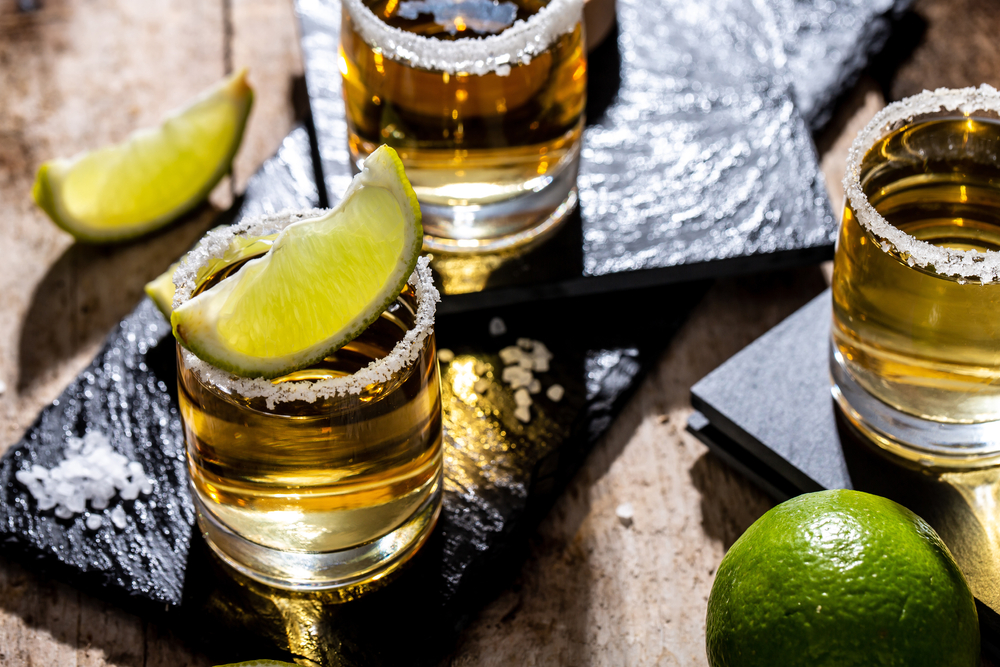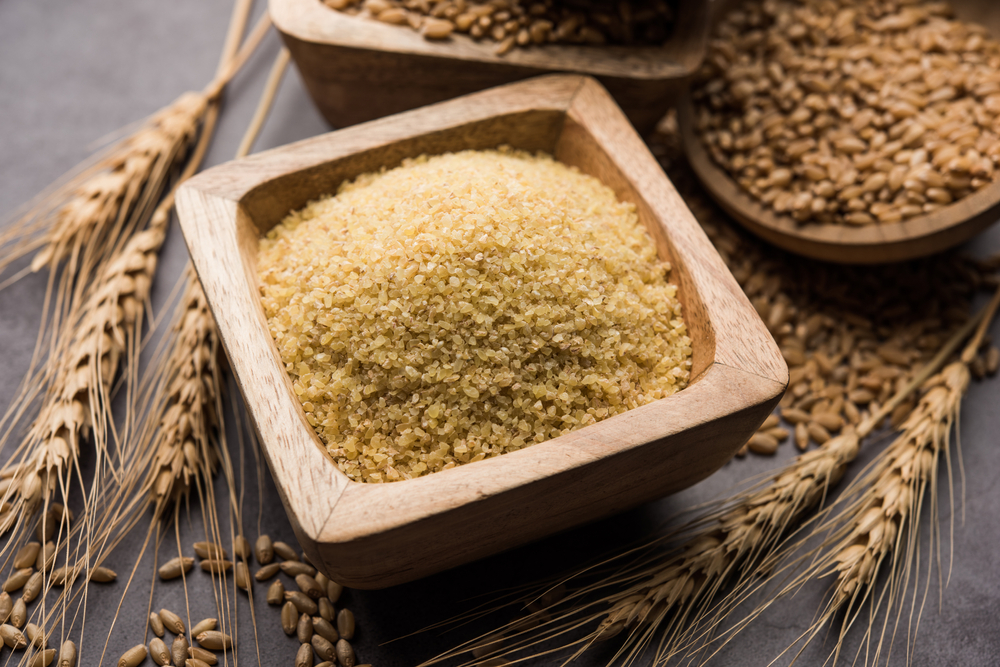I have tried soju a few times and I can say that it is a unique alcoholic beverage. Soju is a distilled spirit that originated in Korea and is often compared to vodka. However, soju has a distinct taste profile that sets it apart from other spirits.

Understanding soju requires knowledge of its origins and production process. Traditionally, soju was made from rice, but today it can be made from other ingredients such as sweet potato, barley, tapioca, or wheat.
Soju has a neutral flavor, but some commercial brands have sweeter flavors than others. Soju is often consumed straight, but it can also be used in cocktails and paired with food.
Key Takeaways
- Soju is a unique distilled spirit that originated in Korea and is often compared to vodka.
- Soju has a neutral flavor profile, but some commercial brands have sweeter flavors than others.
- Soju can be consumed straight, used in cocktails, and paired with food.
Understanding Soju
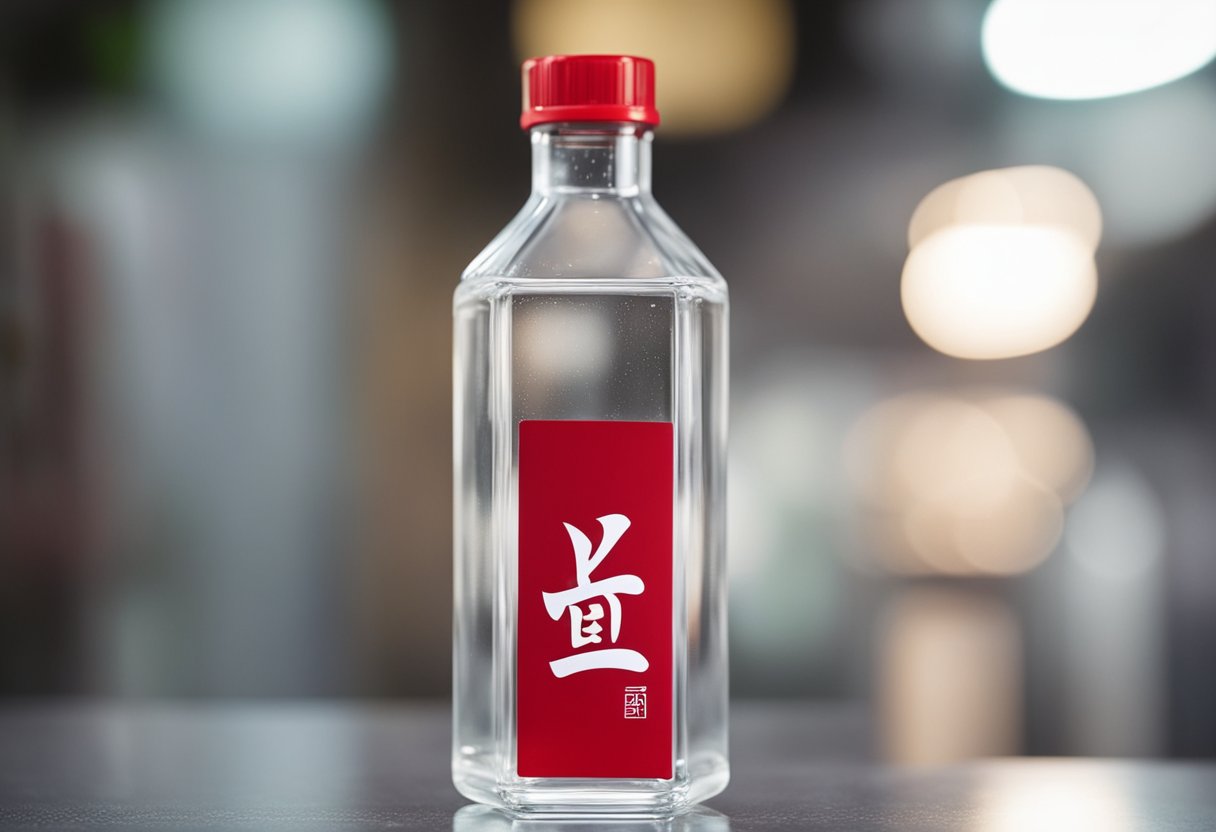
As a popular alcoholic beverage in Korea, soju has been gaining popularity around the world. Soju is a clear, distilled spirit that is traditionally made from rice. It has a relatively low alcohol content, ranging from 16% to 45% alcohol by volume (ABV).
Soju is often compared to vodka, but it has a distinct flavor profile that sets it apart. It is generally considered to be milder and smoother than vodka, with a slightly sweet taste.
However, the flavor of soju can vary depending on the brand and the type of ingredients used.
Soju is the national drink of Korea and is considered to be the best-selling liquor in the world. It is often consumed with food, and it is common to see people enjoying a bottle of soju over a meal in Korea.
One of the reasons soju is so popular is its versatility. It can be consumed straight, on the rocks, or mixed with other beverages. Some popular soju cocktails include the Soju Martini, the Soju Sour, and the Soju Mojito.
In conclusion, soju is a unique and versatile spirit that is gaining popularity around the world. Its mild flavor and low alcohol content make it a great choice for those who are looking for a drink that is easy to enjoy.
Whether you are in Korea or elsewhere, trying a bottle of soju is definitely worth a try.
Origins of Soju
Soju is a traditional Korean alcoholic beverage that has a long and fascinating history. Its origins can be traced back to the 14th century, during the Goryeo Dynasty, when Mongol invaders led by Genghis Khan introduced the Levantine distilling technique from Arabia to the Korean Peninsula.
However, it wasn’t until the Joseon Dynasty in the late 16th century that soju began to be produced on a larger scale.
The original form of soju was made from grains such as rice, wheat, and barley, and had a relatively low alcohol content. Over time, however, the distillation process was refined, and soju became more potent.
Today, soju typically has an alcohol content of around 20%, although some varieties can be as strong as 45%.
Seoul, the capital city of South Korea, is known for its love of soju. It is a common sight to see people drinking soju in restaurants, bars, and even on the streets.
In fact, soju is so popular in South Korea that it is often referred to as the country’s “national drink.”
Despite its popularity in South Korea, soju is also enjoyed in other parts of the world. In recent years, it has gained a following in the United States, where it is often served in Korean restaurants and bars.
Overall, the history of soju is a fascinating one that is deeply intertwined with the culture and traditions of Korea.
Whether you are a fan of this traditional Korean beverage or are simply curious about its origins, there is no denying that soju has a rich and complex history that is worth exploring.
Soju Ingredients

Soju is a distilled spirit that is traditionally made from rice. However, it can also be made from other ingredients such as sweet potato, wheat, potatoes, barley, and tapioca.
The choice of ingredients depends on the region where it is produced and the producer’s preference.
The most common ingredient used to make Soju is rice. Rice Soju is known for its clean and smooth taste. It has a neutral flavor that makes it perfect for mixing with other ingredients.
Sweet potato Soju is also popular and has a slightly sweet taste. It has a unique flavor that is different from rice Soju.
Wheat is another ingredient used to make Soju. Wheat Soju has a slightly sweet taste and is known for its smooth texture. It is often used as a base for cocktails because of its neutral flavor.
Potatoes are also used to make Soju. Potato Soju has a distinct taste that is different from other types of Soju. It has a slightly earthy flavor and is known for its smooth texture.
Barley is another ingredient that is used to make Soju. Barley Soju has a slightly sweet taste and is known for its smooth texture.
It is often used as a base for cocktails because of its neutral flavor. Tapioca is another ingredient that is used to make Soju. Tapioca Soju has a slightly sweet taste and is known for its smooth texture.
Fermented grains and starches are also used to make Soju. These include rice, wheat, barley, and potatoes. The grains and starches are fermented to produce alcohol, which is then distilled to produce Soju.
The choice of grains and starches depends on the region where it is produced and the producer’s preference.
In conclusion, Soju can be made from a variety of ingredients, including rice, sweet potato, wheat, potatoes, barley, tapioca, fermented grains, and starches.
Each ingredient gives Soju a unique flavor and texture. The choice of ingredients depends on the region where it is produced and the producer’s preference.
Production Process
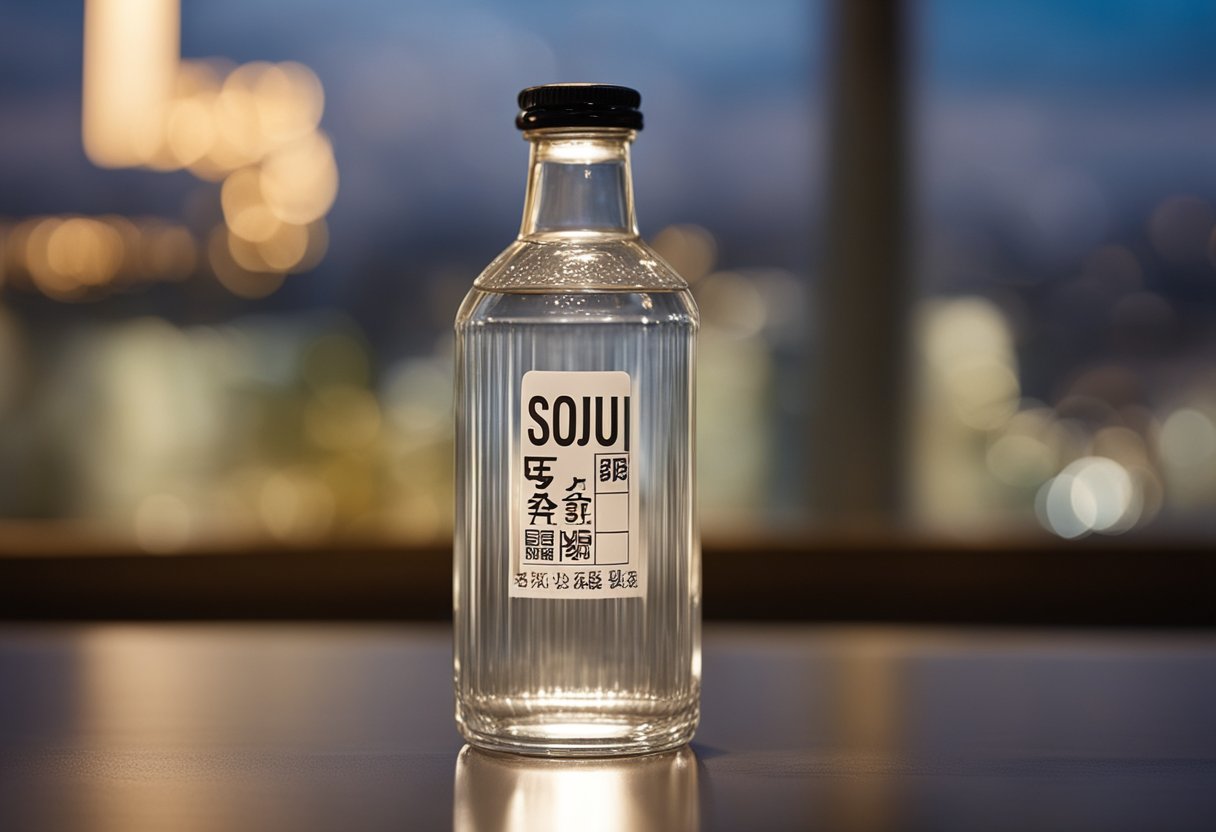
Soju is traditionally made through a two-step fermentation process. The first step is the creation of a mash, which is made by mixing grains like rice, wheat, or barley with water and yeast.
This mixture is then left to ferment for several days, during which time the yeast consumes the sugars in the grains and produces alcohol.
After the mash has fermented, it is distilled to increase the alcohol content. This involves heating the mash until the alcohol evaporates and then collecting the vapor, which is then condensed back into a liquid. The resulting liquid is then filtered to remove any impurities and bottled for sale.
Modern industrial soju often uses other starches like potatoes and tapioca as well. The ingredients used in soju production can vary depending on the brand and the region in which it is produced.
For example, some brands of soju use sweet potatoes or corn instead of rice or wheat.
The production process can also affect the taste of soju. Some soju is distilled multiple times to create a smoother, more refined taste, while others are only distilled once or not at all. The type of yeast used in the fermentation process can also impact the flavor of the final product.
Overall, the production process of soju involves both fermentation and distillation, resulting in a clear, colorless liquor with a wide range of flavors and alcohol content.
Taste Profile of Soju
Soju is a Korean distilled spirit that is traditionally made from rice, but it can also be made from other ingredients like sweet potatoes, barley, tapioca, or wheat.
The taste of soju can vary depending on the ingredients used and the brand, but it generally has a clean and neutral taste with a subtle sweetness and a slight bitterness underneath.
When consumed pure, the authentic soju tastes relatively strong yet sweet. You will feel a faint and subtle kick on your throat, and after some time, you will feel the burn down the throat while your mouth is left with a sweet, refreshing aftertaste.
Soju has a simple taste profile that is easy to drink, which makes it a popular choice among Koreans and people around the world.
Most commercial brands of soju have added flavors, such as fruit or herbs, to make it more palatable. Some of the popular flavors of soju include peach, grapefruit, green grape, and strawberry.
The peach flavor, for example, smells like candy from the store, and it’s great when eating hot food. It has a sweet taste, but it isn’t too bitter, making it a favorite among soju drinkers.
Soju is a versatile drink that can be enjoyed in many ways. It is often consumed neat or on the rocks, but it can also be mixed with other beverages, such as soda or juice. Mixing soju with Yakult or beer can make it taste even better. Soju is also a great base for cocktails, and there are many recipes available online that you can try.
Overall, soju has a taste profile that is clean, neutral, and slightly sweet. It is a simple drink that is easy to drink and can be enjoyed in many ways. Whether you prefer it pure or flavored, soju is a great choice for any occasion.
Popular Soju Brands
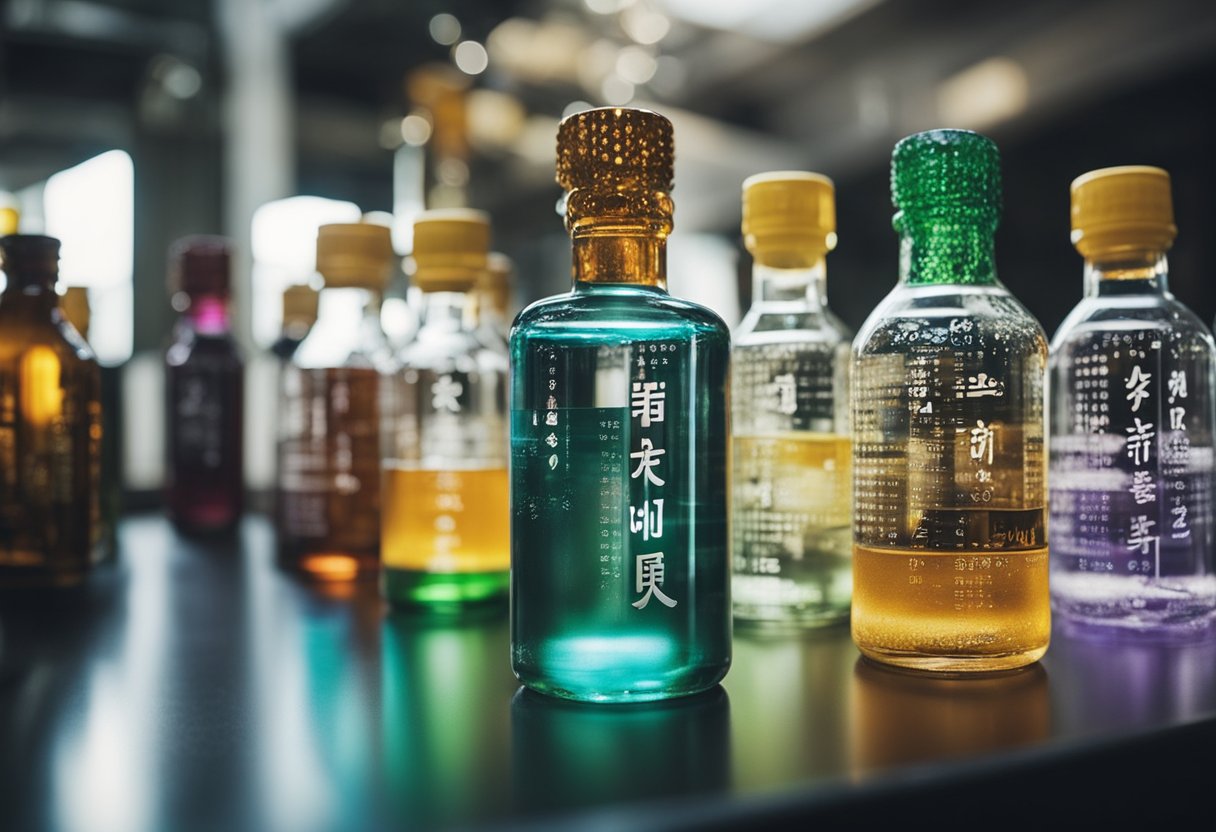
As a soju enthusiast, I have tasted various brands and I can confidently say that each brand has its unique taste and aroma. Here are some of the most popular soju brands:
Jinro
Jinro is one of the most well-known soju brands in Korea and around the world. It has a clean and crisp taste with a slightly sweet aftertaste. Jinro is made with rice and has an alcohol content of 16.8%. It is a versatile drink that can be enjoyed on its own or mixed with other beverages.
Chamisul
Chamisul is another popular soju brand that is known for its smooth and refreshing taste. It is made with pure and clean water from the underground aquifer in Andong, Korea.
Chamisul has an alcohol content of 17.8% and is made with rice and barley. It is a great choice for those who prefer a milder taste.
Hwayo
Hwayo is a premium soju brand that is known for its high-quality ingredients and unique taste. It is made with 100% Korean rice and pure underground water.
Hwayo has an alcohol content of 41% and is aged for at least three years. It has a rich and complex flavor with a smooth finish.
Tokki
Tokki is a newer soju brand that is gaining popularity among soju enthusiasts. It is made with organic sweet potato and has an alcohol content of 24%. Tokki has a unique flavor profile with hints of vanilla and caramel. It is a great choice for those who want to try something different.
Yobo
Yobo is a soju brand that is made with 100% Korean rice and has an alcohol content of 20%. It has a smooth and clean taste with a slightly sweet aftertaste. Yobo is a great choice for those who prefer a milder taste and want to support a Korean-owned brand.
Chum-Churum
Chum-Churum is a popular soju brand that is known for its affordable price and easy-to-drink taste. It is made with rice, barley, and sweet potato and has an alcohol content of 17.5%.
Chum-Churum has a slightly sweet taste with a smooth finish. It is a great choice for those who are new to soju and want to try something that is easy to drink.
Moonbaesool
Moonbaesool is a premium soju brand that is made with 100% Korean rice and has an alcohol content of 40%. It is aged for at least three years and has a rich and complex flavor profile.
Moonbaesool is a great choice for those who want to try a high-quality soju that is comparable to premium whiskey.
Overall, there are many different soju brands to choose from, each with its unique taste and aroma. Whether you prefer a milder taste or a more complex flavor profile, there is a soju brand out there that is perfect for you.
Soju Alcohol Content

Soju is a distilled spirit that originated in Korea and is traditionally made from rice. It can also be made from other ingredients like barley, sweet potato, wheat, and tapioca. Soju is known for its neutral flavor and is often compared to vodka.
The alcohol content of soju can vary depending on the brand and type. Most soju has an alcohol by volume (ABV) of around 16-20%, although some brands can have an ABV as low as 14% or as high as 45%. Flavored soju, like pomegranate, pineapple, and citrus, often has a lower ABV of around 13.5%.
It’s important to note that the alcohol content of soju can be deceptive because of its smooth taste. Soju is often consumed in shot glasses, which can lead to overconsumption. It’s essential to drink responsibly and be aware of your limits.
In Korea, soju is often enjoyed with food, and it’s common to share a bottle with friends and colleagues. It’s also a popular ingredient in cocktails and mixed drinks.
Overall, the alcohol content of soju can vary, but most soju has an ABV of around 16-20%. It’s important to drink responsibly and be aware of your limits when consuming soju.
Flavored Soju Varieties
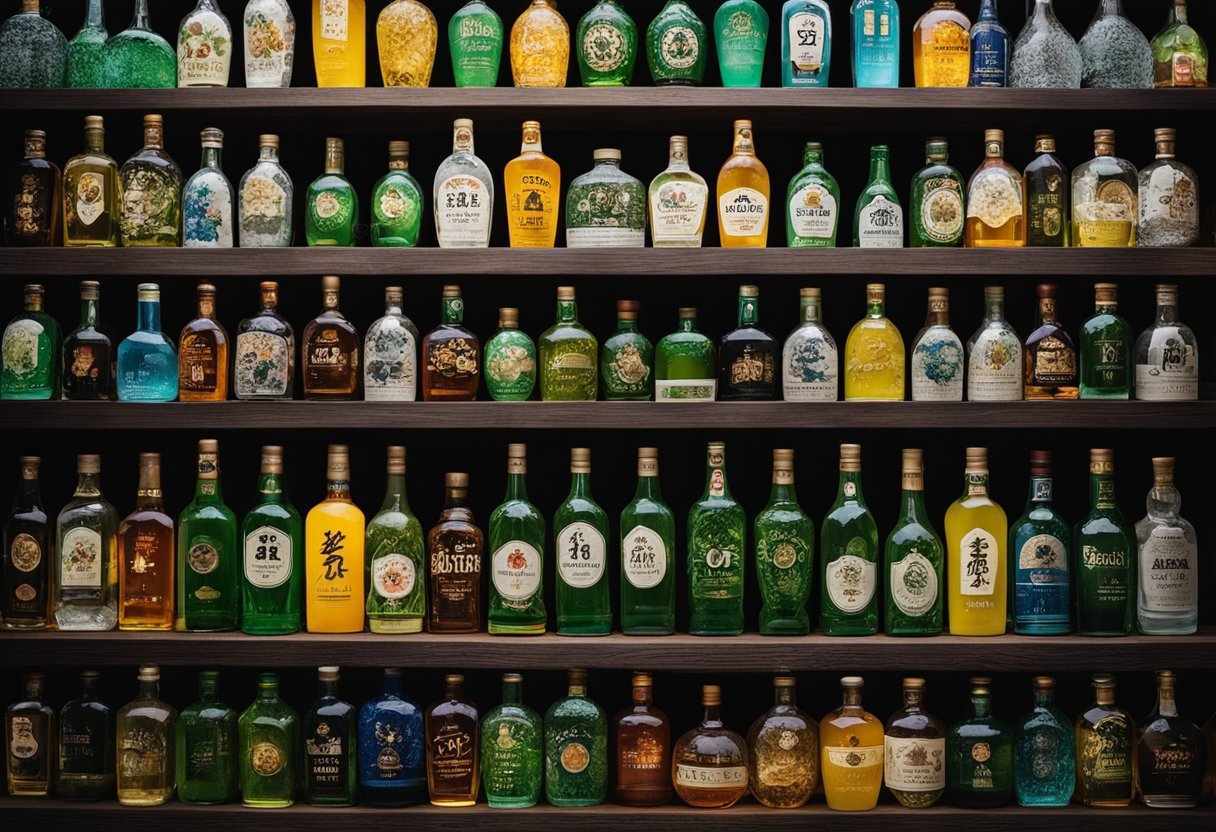
I have tried a variety of flavored soju and I must say, they are quite delicious. Flavored soju is a great way to enjoy the Korean spirit, especially if you are not a fan of the strong taste of regular soju. Here are some of the most popular flavored soju varieties:
Peach
Peach flavored soju is one of the most popular flavors. It has a sweet taste that is perfect for those who like fruity cocktails. The peach flavor is not too overpowering, and it blends well with the taste of soju.
Grapefruit
Grapefruit flavored soju is another popular choice. It has a tangy taste that is perfect for those who like sour drinks. The grapefruit flavor is not too strong, and it complements the taste of soju very well.
Plum
Plum flavored soju is a unique flavor that is worth trying. It has a slightly sweet and sour taste that is perfect for those who like a complex taste. The plum flavor is not too strong, but it adds a nice twist to the taste of soju.
Pineapple
Pineapple flavored soju is a tropical flavor that is perfect for summer. It has a sweet taste that is not too overpowering, and it blends well with the taste of soju. The pineapple flavor is refreshing and perfect for those who like fruity cocktails.
Green Grape
Green Grape flavored soju is a popular choice in Korea. It has a sweet taste that is perfect for those who like fruity drinks. The green grape flavor is not too strong, and it complements the taste of soju very well.
Blueberry
Blueberry flavored soju is another fruity flavor that is worth trying. It has a sweet taste that is perfect for those who like fruity cocktails. The blueberry flavor is not too strong, and it blends well with the taste of soju.
Overall, flavored soju is a great way to enjoy the Korean spirit. There are many different flavors to choose from, so you are sure to find one that suits your taste. Whether you like sweet, sour, or fruity drinks, there is a flavored soju variety that is perfect for you.
Soju in Cocktails
As a versatile spirit, soju can be used in a variety of cocktails. It’s a great alternative to vodka or gin, as it has a more subtle taste that won’t overpower other flavors.
Here are some popular cocktails that use soju:
Somaek
Somaek is a popular Korean drink that combines beer and soju. It’s typically served in a large glass, with the beer on the bottom and the soju on top. The result is a refreshing drink that’s perfect for sharing with friends.
Negroni with Soju
The Negroni is a classic cocktail that’s typically made with gin, Campari, and sweet vermouth. However, you can substitute soju for the gin to create a lighter, more refreshing version of the drink.
Simply mix one part soju with one part Campari and one part sweet vermouth, and serve over ice.
Soju Punch
Soju punch is a great option for parties and gatherings. Simply mix soju with your favorite fruit juices and a splash of soda water. You can also add fresh fruit and herbs for extra flavor and color.
Shots of Soju
If you’re looking for a quick and easy way to enjoy soju, shots are a great option. Soju has a smooth, clean taste that makes it easy to drink straight. You can also mix it with other spirits or juices to create your own unique shot.
Soju Yakult
Soju Yakult is a popular drink in Korea that combines soju with Yakult, a sweet, probiotic drink. Simply mix one part soju with two parts Yakult, and serve over ice. It’s a great option for those who prefer sweeter drinks.
Overall, soju is a versatile spirit that can be used in a variety of cocktails. Whether you prefer shots, mixed drinks, or punches, there’s a soju cocktail that’s perfect for you.
Soju Pairing with Food
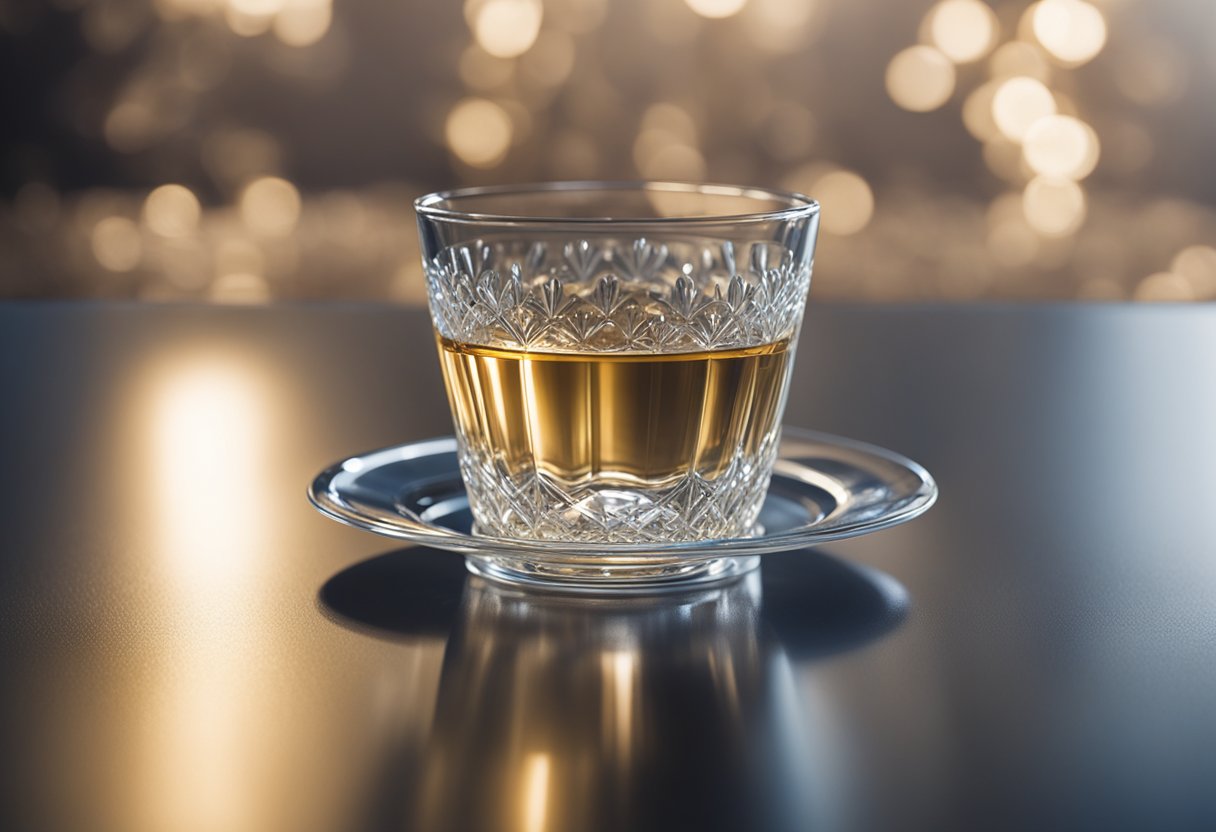
When it comes to pairing soju with food, there are many options to choose from. As a Korean distilled beverage, soju pairs well with a variety of Korean dishes. Here are some of my favorite soju pairings with food:
Kimchi
Kimchi, a traditional Korean side dish made from fermented vegetables, pairs well with soju. The spicy and sour flavors of kimchi complement the neutral taste of soju, creating a perfect balance of flavors.
Stews
Korean stews such as kimchi jjigae, doenjang jjigae, and budae jjigae are hearty and flavorful dishes that pair well with soju. The savory and rich flavors of the stews are balanced by the clean and neutral taste of soju.
Korean Barbecue
Korean barbecue, or gogi-gui, is a popular Korean dish that involves grilling meat at the table. Soju pairs well with Korean barbecue because it helps cut through the rich and fatty flavors of the meat.
Fried Foods
Fried foods such as fried chicken or fried tofu pair well with soju. The crispy and salty flavors of the fried food are balanced by the neutral taste of soju.
Seafood
Soju pairs well with seafood dishes such as grilled shellfish or raw fish. The clean and neutral taste of soju doesn’t overpower the delicate flavors of the seafood.
Tteokbokki
Tteokbokki, a popular Korean street food made from rice cakes, pairs well with soju. The spicy and sweet flavors of tteokbokki are balanced by the neutral taste of soju.
Anju
Anju refers to Korean dishes that are typically consumed with alcohol. Popular anju dishes include fried chicken, tteokbokki, and grilled squid. Soju pairs well with anju because it helps cut through the rich and savory flavors of the dishes.
Overall, soju is a versatile beverage that pairs well with a variety of Korean dishes. Whether you’re enjoying Korean barbecue or tteokbokki, soju is a great choice to accompany your meal.
Soju Outside Korea
As a popular Korean liquor, soju has made its way outside of Korea and can be found in many countries around the world. Its popularity has grown in recent years, and it is now widely available in many liquor stores and bars.
In terms of taste, soju has been compared to vodka, but with a slightly sweeter taste. It is also similar to sake, a Japanese rice wine, but with a higher alcohol content. Some people even describe it as a cross between vodka and sake, with a unique flavor all its own.
In the United States, soju has become a popular choice for mixing cocktails. Beverage directors have experimented with using soju in place of other liquors, such as gin or vodka, to create unique and flavorful drinks.
Soju’s neutral taste makes it a versatile ingredient in cocktails, and its lower alcohol content compared to other liquors makes it a great choice for those who want to enjoy a few drinks without getting too intoxicated.
Outside of Korea, soju is also sometimes referred to as Korean vodka or shochu, a Japanese liquor that is similar in taste and production method. However, it is important to note that soju is not the same as shochu, as they are made from different ingredients and have different production methods.
During the Korean War, there was a rice shortage in Korea, which led to the development of a new type of soju made from sweet potatoes. This type of soju is now known as “arak” and is still popular in Korea today.
Overall, soju has become a popular choice for those looking to try something new and different. Its unique taste and versatility make it a great addition to any liquor cabinet or cocktail menu.
Health Aspects of Soju
As with any alcoholic beverage, it’s important to consume soju in moderation to avoid negative health effects. While soju is generally considered to be a relatively low-calorie alcohol option, it still contains calories that can contribute to weight gain if consumed in excess.
One potential issue with soju is the risk of hangovers. Like other alcoholic beverages, overconsumption of soju can lead to dehydration and other symptoms of a hangover. It’s important to drink plenty of water and consume soju in moderation to avoid these negative effects.
In terms of calories, soju is generally considered to be a lower-calorie alcohol option compared to other spirits like whiskey or vodka. However, it’s important to keep in mind that soju still contains calories and can contribute to weight gain if consumed in excess.
While soju is often consumed on its own, it can also be mixed with other beverages like watermelon juice or other fruit juices. It’s important to keep in mind that these mixers can add additional calories and sugar to the drink, so it’s important to consume them in moderation.
Overall, while soju can be a tasty and enjoyable beverage, it’s important to consume it in moderation to avoid negative health effects like hangovers and weight gain.
Cultural Significance of Soju
As a Korean distilled spirit, soju has deep cultural significance in Korea. It is not just a drink, but a symbol of togetherness and tradition.
Soju is often consumed during special occasions such as weddings, funerals, and family gatherings. It is also a popular drink for socializing with friends and colleagues after work.
The act of drinking soju is accompanied by a ritualistic “cheers” known as “geonbae” in Korean. It is customary to pour drinks for others and hold the glass with two hands as a sign of respect.
The act of pouring and receiving drinks is a way of showing appreciation and building relationships.
While beer, or “maekju” in Korean, is also a popular drink in Korea, soju is often preferred due to its higher alcohol content. Soju is also a versatile drink that can be mixed with other beverages such as Yakult or beer to create unique and delicious cocktails.
Beyond its taste and aroma, soju embodies the essence of Korean beauty. Many Korean skincare products contain soju as an ingredient due to its high alcohol content and ability to improve skin elasticity. Soju is also used in hair care products to add shine and promote healthy hair.
In conclusion, soju is more than just a drink in Korea. It is a symbol of tradition, togetherness, and beauty. Drinking soju is a ritualistic act that brings people together and strengthens relationships. Its versatility and cultural significance make it a beloved drink in Korea and around the world.
Frequently Asked Questions
What are the different flavors of soju available?
Soju comes in a variety of flavors, including grapefruit, green grape, peach, blueberry, and lemon. Each flavor has a unique taste and aroma that appeals to different palates.
Some of the most popular flavors are grapefruit and green grape, which are known for their sweet and refreshing taste.
How does the taste of soju compare to other alcoholic drinks?
Soju has a clean and neutral taste that is often compared to vodka, but with sweeter undertones. Unlike vodka, soju has a lower alcohol content and a smoother finish. The taste can vary depending on the brand and flavor of soju.
What is the alcohol content of soju?
The alcohol content of soju can range from 16% to 45% ABV (alcohol by volume), with most commercial brands falling between 20% to 24% ABV. This makes soju a lower alcohol content drink compared to other spirits like whiskey or tequila.
Can soju be consumed straight or is it typically mixed?
Soju can be consumed straight or mixed with other ingredients. Traditionally, it is served in small shot glasses and consumed in one gulp.
However, it is also common to mix soju with other beverages like beer, soda, or fruit juice to create a refreshing cocktail.
What are some popular Korean alcohol brands that produce soju?
Some of the most popular Korean alcohol brands that produce soju include Jinro, Chum Churum, and Lotte Liquor. These brands offer a variety of flavors and alcohol content levels to suit different preferences.
What is the process of making soju and how does it impact its taste?
Soju is made from a variety of grains like rice, wheat, or barley, and then distilled.
The distillation process can impact the taste of soju, with some brands opting for a smoother finish while others have a more robust flavor. Additionally, some brands add natural flavors like fruit or herbs to enhance the taste of their soju.


